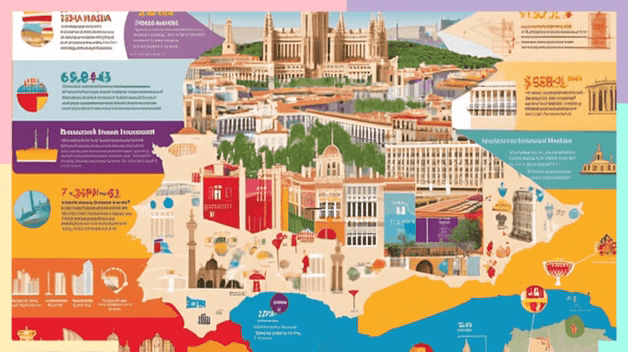Colliers reports that hotel investment in Spain hit €3.33 billion in 2024, exceeding the average by 14% and achieving a historic milestone.
In a remarkable turn of events, hotel investment in Spain has soared to an impressive 3.33 billion euros in 2024, as reported by Colliers. This figure not only surpasses the average annual investment of approximately 2.9 billion euros since 2019 but also marks a 14% increase over that average, securing the fourth-best historical record in absolute terms.
The landscape of hotel investment is multifaceted, encompassing operational hotels, properties poised for conversion into hotels, and land earmarked for future hotel development. The 2024 Hotel Investment Report, released on Thursday by Colliers, reveals that the past year witnessed the transaction of 151 hotels and 18,592 rooms—a decline from the 171 hotels and 21,748 rooms transacted in the previous year. Additionally, 28 transactions were executed involving land designated for hotel development and properties slated for conversion.
The last five years have been characterized by robust dynamism, accumulating an impressive total investment exceeding 15 billion euros. This surge is attributed to investor confidence and a burgeoning interest in the market, bolstered by the stellar performance of Spain’s tourism sector. Indeed, tourism in Spain continues to assert its strength, maintaining its global stature as the second country worldwide in terms of both tourist arrivals and spending. In 2024, Spain welcomed a record-breaking 94 million international tourists, surpassing figures from both 2023 and 2019.
National investors have demonstrated formidable purchasing power in 2024, achieving a historic milestone with an aggregate investment volume of 1.94 billion euros, which constitutes 58% of the total investment. Notably, these domestic investors have played a pivotal role in energizing the market, accounting for 73% of total transactions for the year, albeit at a lower average transaction price compared to their international counterparts—19 million euros versus 38 million euros.
The investment trend among national buyers has been further supported by hotel groups, which executed 34 transactions totaling 809 million euros, marking their most prolific year of acquisitions to date. Interestingly, for the first time since 2016, the preference for holiday assets has shifted, with 52% of hotel investment in 2024 concentrated in the urban segment. Colliers attributes this shift to the vigorous dynamism of urban destinations, where 113 transactions were recorded compared to just 66 in the holiday segment. Urban locales have emerged as prime targets for land and asset transactions intended for hotel use, with national investors leading the charge.
Transactions involving individual hotel assets accounted for a substantial investment of 2.45 billion euros, representing 74% of the total investment volume. Conversely, portfolio activity has waned, reflecting a significant decline in relevance. In fact, 2024 has been characterized as a “normalized” year, with portfolio transactions constituting only 26% of the total investment volume, a stark contrast to the 42% average over the past decade. Nevertheless, twelve portfolios encompassing 54 hotels (7,237 rooms) were transacted for a cumulative amount of 878 million euros.
The substantial volume of transactions in individual assets in 2024 serves as a compelling indicator of the maturation of the Spanish hotel market over the past decade. The perceived increase in liquidity associated with these assets is poised to facilitate a gradual adjustment in the profitability expectations for hotels relative to other real estate investments.
Geographically, investment has been distributed fairly evenly among Spain’s primary tourist destinations, with the notable exception of the Costa del Sol, which experienced a staggering decline of nearly 53% compared to 2023. The Canary Islands and Madrid emerged as leaders in their respective segments, closely trailed by the Balearic Islands and Barcelona. Collectively, the top five destinations accounted for a remarkable 80% of Spain’s total investment in the hotel sector.

